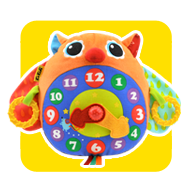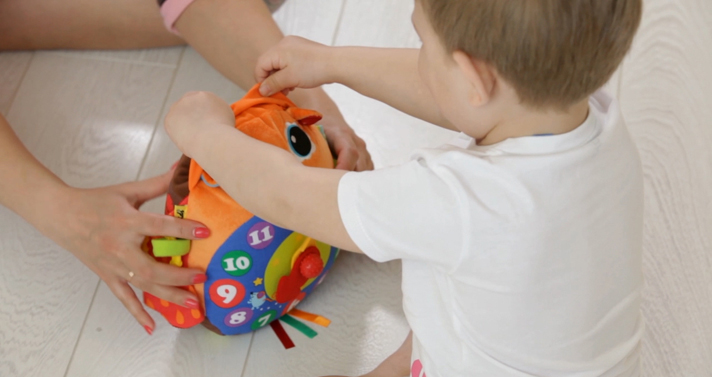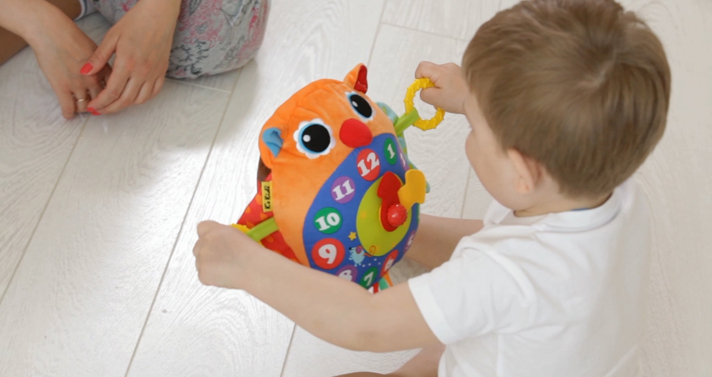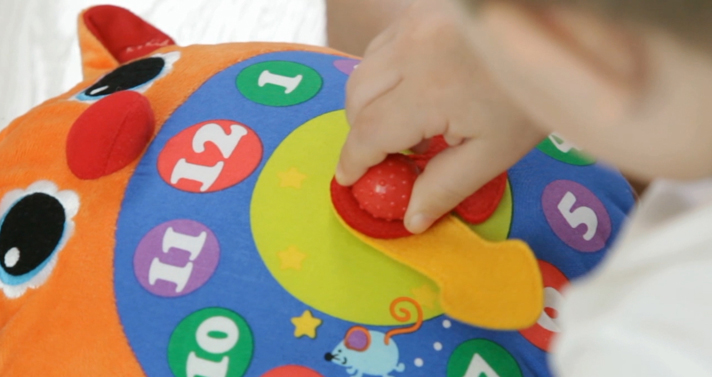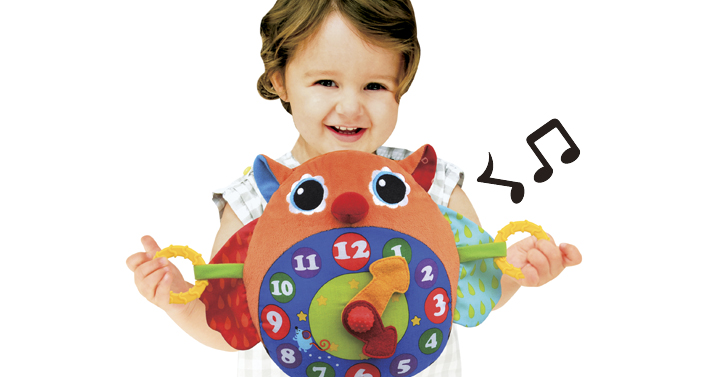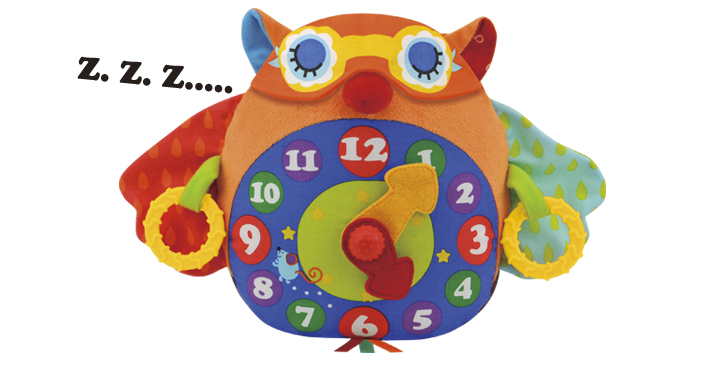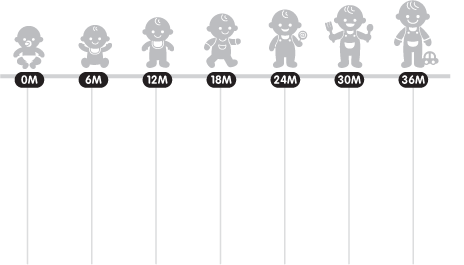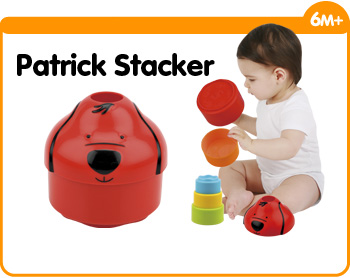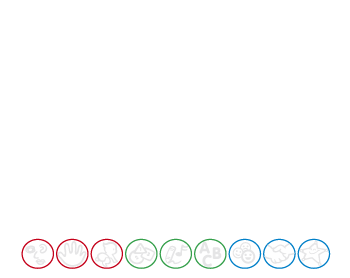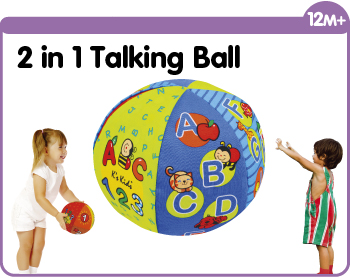Tick tock, tick tock! What's the time on the clock? Teach baby the concept of day and night, teach them how numbers are related to different time of the day. Pull the two handles together to activate the tick tock sound, pull again, now it plays music. A good training for gross motor skills and for understanding Cause and Effect. For younger baby, encourage him to use his little fingers to turn the clocks hands and the clicking nose. Excellent tool for fine motors training.
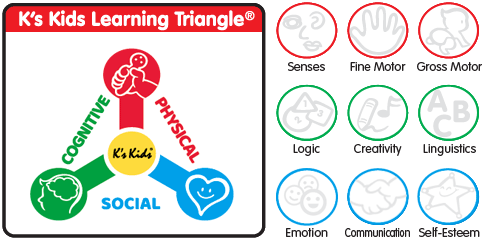
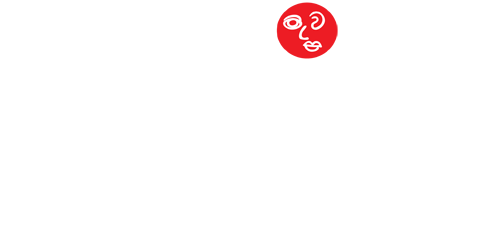
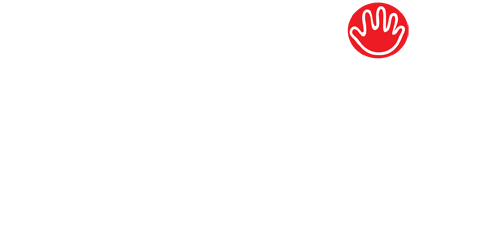
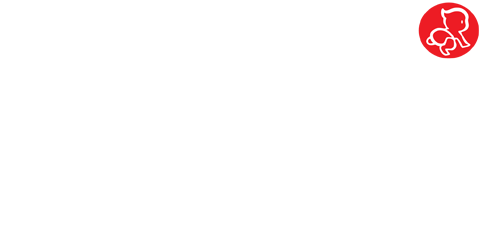



 Senses
Senses
The fundamental senses of seeing, tasting, hearing, smelling & feeling encourage a child's curiosity.
 Fine Motor Skills
Fine Motor Skills
Fine motor skills are those smaller actions between the thumb and fingers or using the toes to wriggle and feel the objects.
 Gross Motor Skills
Gross Motor Skills
Gross motor skills are larger movements involving the arm, leg, or feet muscles or the entire body.
 Logic
Logic
Logical training enables babies to make connections between pieces of information.
 Creativity
Creativity
Colors, shapes, learning how to draw, getting familiar with music and rhythm, all goes to aid the growth of a child's creativity.
 Linguistics
Linguistics
Linguistic Intelligence is the ability to use sound and language for expression and comprehension of others while a child is developing.
 Emotion
Emotion
A healthy child should be able to control and express his emotion, and interact effectively with others with mutual trust.
 Communication Skills
Communication Skills
Good communication skills lead a child to perform cooperative tasks and become productive team members.
 Self-Esteem
Self-Esteem
Self-Esteem is an overall sense of achievement a child feels from the important people around him. Task basis activities could help children to build up a stronger self-esteem with a better judgment about their own worth.
*These are recommendations made under normal circumstances. Parents can determine which activities are most suitable depending on the progress of individual children.
Objective: Hugging - building a sense of security
Method: The owl is made from high quality materials. It is soft and comfortable, great for hugging. Hugging also teaches children to care for others.







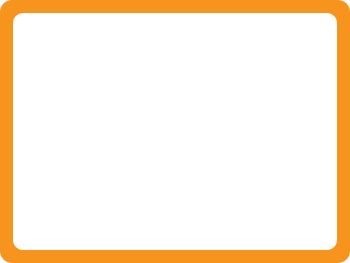
Objective: Listening and attention training – observing your child’s reaction to sounds
Method: Pull the two teethers to activate music. Move the owl and observe if your child’s gaze follows the sounds.








Objective: Sense stimulation - touching and feeling
Method: The owl is made from different textures and materials. The clock surface is soft. There are beans at the bottom and there is a bumpy knob in the front. Encourage children to touch and feel the textures and to chew on the teethers.
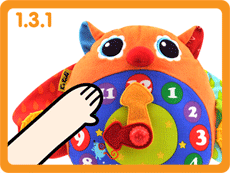










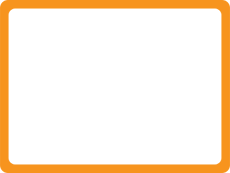
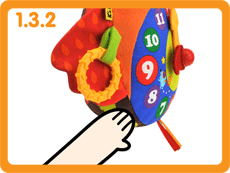











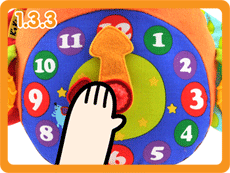











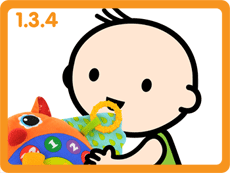











Objective: Fine motor skills training – crinkle paper
Method: There is crinkle paper in the ears and wings. Encourage children to crinkle them to create sounds and to train their fine motor skills.
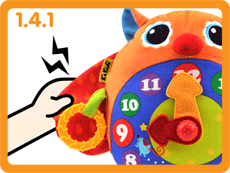











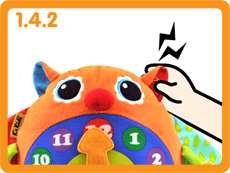











Objective: Gross motor skills training – pulling the teether rings
Method: Encourage your child to pull both of the teether rings with both their hands.








Objective: Relaxing – listening to music
Method: Encourage children to activate the music by pulling the two teether rings. Music trains children’s listening skills and sense of rhythm. It also cultivates positive emotions.








Objective: Fine motor skills training – turning the knob
Method: Encourage children to turn the knob on the clock face. It produces a clicking sound and trains children’s finger movements.








Objective: Eye-hand coordination training – flipping the blindfold
Method: Encourage children to flip the blindfold back and forth over the owl’s head to reveal its open eyes or sleepy eyes.








Objective: Cognitive training - learning facial features and body parts
Method: Teach children facial features and body parts.








Objective: Cognitive training – pointing to facial features and body parts
Method: Name a facial feature or body part and encourage your child to point to it.
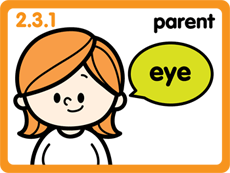











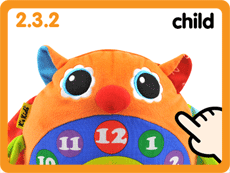











Objective: Cognitive training - learning colors
Method: Teach children different colors.








Objective: Cognitive training – pointing to colors
Method: Name a color and encourage your child to point to it.
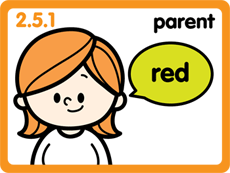











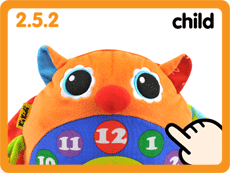











Objective: Cognitive training - learning numbers
Method: Teach your child the numbers 1 to 12.








Objective: Cognitive training – pointing to numbers
Method: Say a number and encourage your child to point to it.
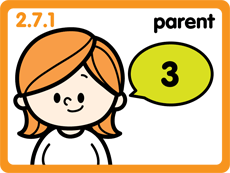











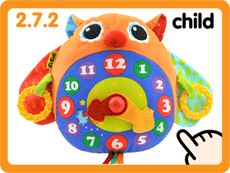











Objective: Cognitive training – learning about “being awake” and “sleeping”
Method: Using the owl’s open eyes and sleepy eyes, teach children about “being awake” and “sleeping”
























Objective: Cognitive training – telling the time
Method: Teach children to tell the time.
























Objective: Cognitive training – learning about day and night
Method: Using the owl’s open eyes and sleepy eyes, teach children about daytime and nighttime. Parents may also explain to children that unlike people and most animals, owls sleep during the day and are active during the night.












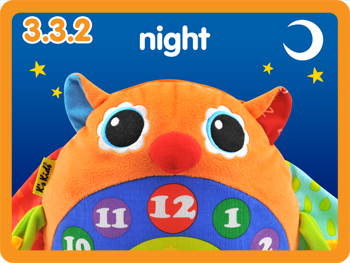











Objective: Time telling – reading clocks
Method: Children can practice telling time by reading the clocks printed on the back of the owl.








Objective: Cognitive training – pointing out the correct time
Method: Using the clocks printed on the back of the owl, name a time and encourage children to point to the clock that matches your time.
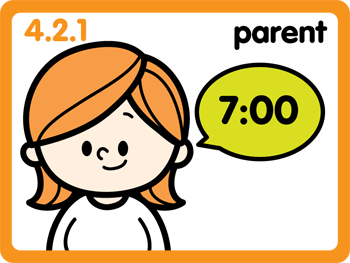











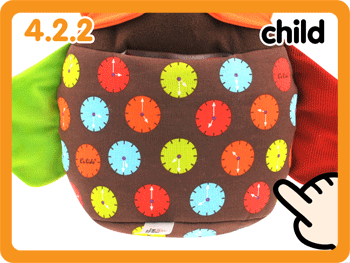











Objective: Cognitive training – indicating the time
Method: Say a time and encourage children to indicate the time by turning the clock hands.












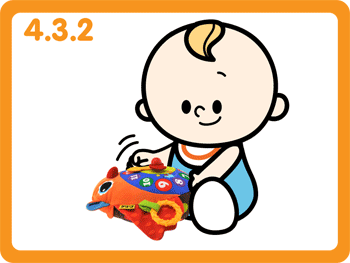











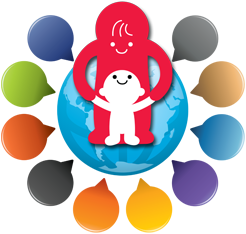
Sharing
We sincerely hope that the guidelines provided by our K's Kids Parents' Support Center will help you make the most of your K's Kids product. We hope that every child with a K's Kids product will benefit from playing and learning from it.
We also believe that every child is unique and full of creativity.
Apart from the learning methods provided here, have you or your child discovered fun and creative ways to play with your K's Kids toys? A different combination of Chain-an-inchworm? An interesting, new way to teach language using Learn to Talk™ ? Or do you simply want to share your feelings and opinions?
To share your views, please use the form below. Attach a photo or video and provide us with a short note. Whatever it is, we earnestly hope that you will share your views with us. Your views may in turn be shared with countless other parents, so that more kids can have fun with their K's Kids toys.
Please do not close this window.















































































